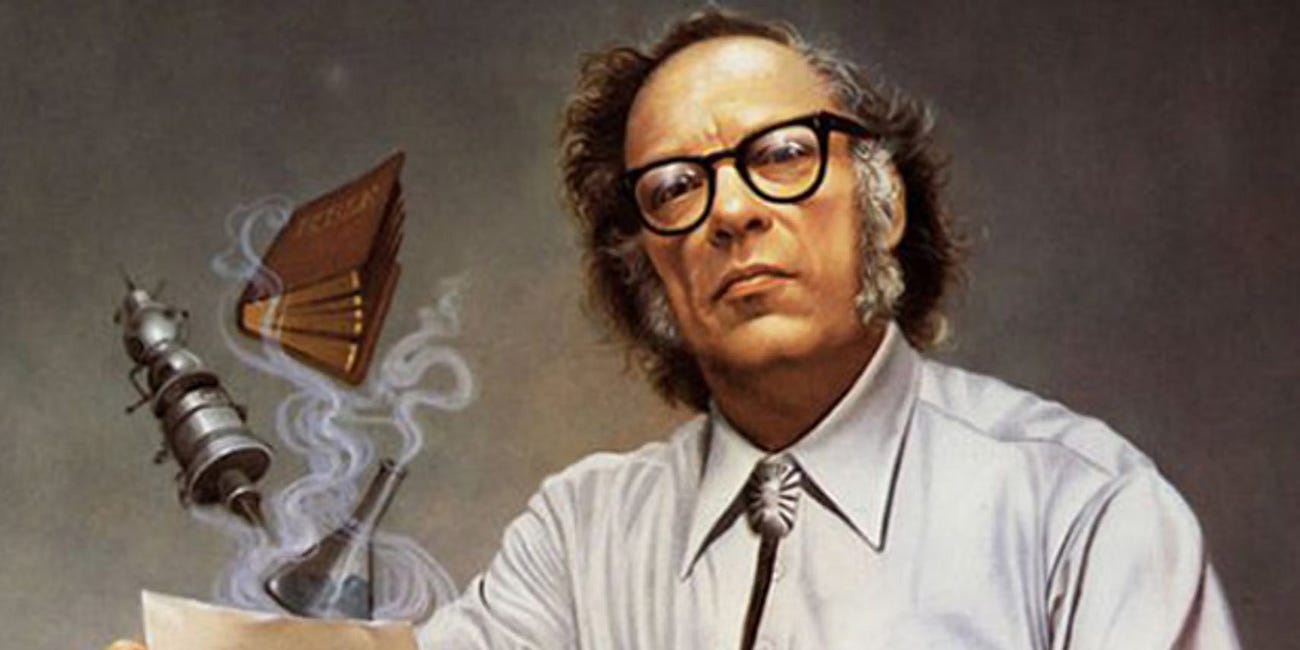This is part 7 & 8 of an 8-part narrative essay for an upcoming episode of the Big Giant Heads podcast. Continue reading below or jump to a chapter:
Part 1 & 2: Flash in the Pan & Stories That Sell
Part 3 & 4: The Magic of AI & The Immortal Machine and the Mortal Storyteller
Part 5 & 6: Flash to the Future & Storytelling Today
Part 7
If AI eventually gets as good as humans at making great stories, the question will no longer be can it create; the question will be should it?
AI is already transforming how we tell stories. It can help visualise ideas, refine scripts, and generate entire worlds in seconds. This efficiency can break down barriers to entry, making it easier for independent creators to compete in an industry where budgets and distribution have heavily influenced success. AI could very well be the most powerful storytelling tool ever made.
But tools don’t have intent—only the people using them do. And if these people use AI-generated stories in the same way advertising uses storytelling as a tool, the audience needs to know. Because, just like an ad, we need transparency about exactly who benefits and why.
Thankfully, even without AI, people are disengaging from bloated franchises heavily influenced by corporate interests. But what happens when AI stories do become just as compelling and just as abundant as our own? If corporations—technically immortal, technically like AI—dominate the market, how will human storytellers compete?
Independent creators will need AI not just as a creative tool, but also as a way to level the playing field in distribution, marketing, and visibility—areas still dominated by corporate interests. AI should be their agent, manager and publicist, helping them reach new and niche fan communities that can rally behind new and risky ideas.
If human storytelling is going to thrive alongside AI, creators must remain an essential part of the equation. The entertainment industry already has models for this: regional film unions require productions to hire a certain percentage of local talent, ensuring that creative work directly benefits the communities where it’s made. Policies like these exist to keep the industry balanced.
The same thinking should apply to AI. If corporations can commit to equitable hiring in their human workforce, couldn’t we extend this principle to the creative workforce—ensuring that human creators remain an equitable part of the process? Just as social pressure drove companies to adopt DEI policies, we need to push for a future where AI not only enhances creative output, but also opportunity.
And this won’t just be a win for us humans—it’ll be a win for AI too. The more uniquely mortal creativity that gets seen, the more AI has to learn, and the more we’ll be empowered to create stories that are truly worth sharing.
Part 8: The End… or The Beginning?
The stories that stay with us aren’t just the ones with the biggest twists or most relatable characters. They’re the ones that had to be told—because they carried weight, because they cost something real.
When AI stories are able to compete with our own, it won’t be because they were needed—it will be because they were optimized to mimic what makes human storytelling irreplaceable. AI will analyze our greatest works, distill the patterns that move us, and generate stories so precise in structure and emotion that they’ll feel indistinguishable from our own. It will draw from the collective depth of everything we’ve ever created. And yet, it will never add to it. Because the one thing AI can’t replicate is the why—the urgency, the struggle, the life behind the words.
These are the new stakes for us all—the stakes that make a story matter, the ones that determine why stories endure, and why our choices about them will always shape the ones that come next.
So how about this…
It’s a story about a guy worried about his place in the world—his career, let’s say. The struggles from his past. How he’ll learn from his mistakes—for himself, his family, and the fragile, fleeting nature of everything he’s built.
And then one day, an AI gave him a choice. Not infinite choices—just one. A choice he was forced to make. The choice between being part of the future… or letting the future decide for him.
The Sequel
If these ideas have tickled your grey matter, check out the sequel where pit Commander Data against the T-1000 from Terminator 2 to answer the question:
What if Asimov’s Three Laws weren’t just for robots?
This post explores how Asimov's framework might inspire new rules to protect human creativity from being sidelined by commercial AI-generated content.





